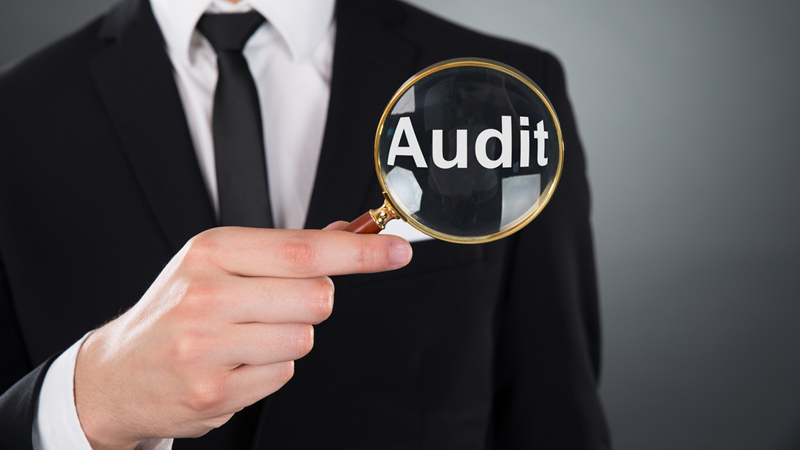Protect Your Business from Sales and Use Tax Risk
Failure to accurately manage sales and use tax compliance is likely to have serious consequences for manufacturers and wholesalers, particularly in this post-Wayfair/economic nexus, increased remote and direct-to-consumer pandemic selling environment. Many manufacturers still don’t realize that they may be subject to complex sales and use tax compliance rules even in states where they don’t have a physical presence.

States and municipalities have significantly increased their sales and use tax enforcement efforts to place more focus on areas where they are likely to see an increased “ROI” on their audit investment dollars. This heightened enforcement includes more comprehensive and sophisticated audits with costly, often unanticipated sales and use tax bills that could be draconian in amount, especially for small-to-mid-size manufacturing businesses.
How to Avoid Audit Surprises
- Be conservative, but do claim partially exempt assets
- Review vendor invoices periodically for sales tax being charged
- Maintain fixed asset purchase invoices separately from regular expenses
- Carefully manage exemption certificates
- Get exemption certificates from customers as appropriate
- Pay attention to blanket exemption certificates and when they expire
- Delay putting items in finished goods inventory to the extent you can
- Claim appropriate exemptions on computers used by production personnel
- Be careful with separate legal entities and the movement of in-process product between those entities.
Steps you can take now to be ready for a Sales and Use Tax Audit
- Understand how your business and sales and use tax risk has changed in light of Wayfair economic nexus, and the ongoing rise in remote and direct-to-consumer selling.
- Establish and reinforce a people, process and technology approach.
- Assess the benefits of working with a third-party provider to help navigate sales tax nexus, registrations, changes in exemption compliance management requirements and tax base changes.
- Understand role of automation to ensure accuracy; integrating tax data and documentation; and keeping your company in compliance.
- Consider cloud-based technology that integrates directly with ERPs.
- Get a Nexus Study to understand where you have sales and use tax nexus and where to focus.
- If your company has sales tax nexus in a state where you have not registered and/or collected and remitted sales and use tax, an audit may go back several years, and a huge tax bill could await you.
- Consider filing a voluntary disclosure agreement or participating in an amnesty program to limit your liability and exposure and significantly reduce penalties and interest related to unpaid tax liabilities if those states permit.
What to Do When You Receive an Audit Notice
- Contact your tax advisor
- Collect all documentation. Use of sales and use tax software lessens this burden
- Determine if the audit is sales tax, use tax or both
- Ask the auditor for any applicable “internal” audit manuals
- Review tax overpayment situations with the auditor to make certain they are acknowledged and to ascertain how best to handle
- Review and understand auditor’s exceptions list:
- Missing documentation items
- Lack of knowledge/information items
- Truly taxable items
- Educate the auditor on your business: for example: set up a plant tour
- Ask questions to identify potential refund opportunities
- Be prepared to pay some tax, especially if it is a use tax audit.
What You Should Do After the Audit
- Save the audit package for future reference.
- Follow up with vendors/utilities to change exemption form
- Consult with your tax advisor to strategize how best to use the auditors findings and your business operations and plans for the future to minimize risk of failure to accurately comply with your sales and use tax obligations.
Final Thoughts
Each state has its own manufacturer-specific sales and use tax provisions, such as specialized sales tax exemptions and definitions of various types of taxable transactions. Manufacturers must keep track of changing sales and use tax rules change in the states where they do business. Consulting with sales and use tax professionals and the adoption of compliance software are the most frequently used strategies companies are using to ensure accurate compliance and minimizing sometimes unanticipated significant tax liability.
